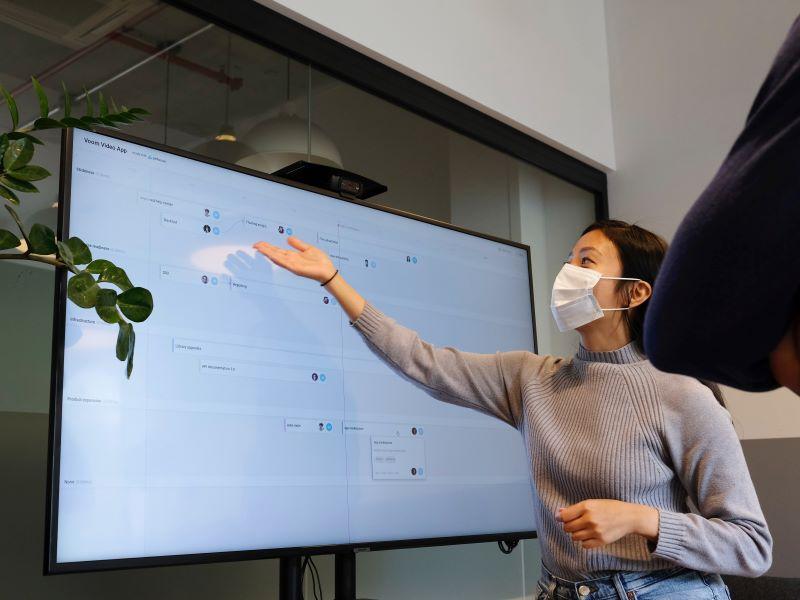In an increasingly globalised world, the need for cutting-edge education forces us to push the envelope regarding the design and delivery of courses. Based on our experiences with business courses at a professional level, we have some recommendations on how to apply challenge-based learning that invites students to find solutions to real problems from a real working environment.
We will approach this by working through the three crucial moments in challenge-based learning that you could leverage in your courses: challenge, design and delivery.
Challenge
The first step is to set a challenge that the student will solve through taking part in activities – which should be linked to the competencies intended to be developed. The challenge must be authentic and designed to attract the student’s attention. All the information provided as part of the challenge should be no more than five years old, preferably newer, so that the information is relatively current and the student can find a suitable solution.
The challenge should fall into one of two types:
- Direct contact with the company, where its problem to be solved can be clearly stated, particularly in terms of whether it relates to a service, process or product. You must ensure that the company is aware of the potential solution/s for when students present their results at the end. Students seem to prefer this type of challenge because it brings them closer to a real work environment.
- A “raw case” is a predetermined problem without involvement from a company. There is no direct contact with the company, and the class only works with the information provided.
Design
The second step is to work on effective design for the challenge. We have found that the following steps provide a useful framework:
- Define the type of challenge.
- Define the objectives or competencies you want to achieve throughout your course.
- Develop a schedule that defines at what point in the course the theory will be covered and when the challenge will be applied.
- Plan complementary activities:
- Collaborative: Students like to work in teams. These can be matrices, analyses of different methodologies, information searches, etc.
- Individual: these might include reflections, possible solution or process improvement, analyses, videos with role play, activities that develop storytelling, etc.
- Define whether your challenge will be national or international.
We recommend that one of the first activities students perform is identifying the company’s context, type of industry, products or services, customers, competition, finances, legal framework, etc. Asking students to create a mind map works well as a deliverable for this activity.
Delivery
While teaching the course, it is essential to provide enough information about the context within which it is set. If you require more data from the industry that the challenge company operates in, you can consult databases such as Statista, Euromonitor or EMIS. As a teacher, you must have the flexibility to adapt or modify activities depending on the personality of the group. We recommend considering the following points when it comes to the teaching:
1. Anticipation: Before teaching, come up with possible solutions to the challenge in case you need to guide students in the right direction.
2. Information available: It is crucial that there is enough public information to effectively analyse both the company and the industry; this helps students better understand the challenge.
3. Recap with dynamic activities: Traditional or dynamic classes can be held to reinforce the concepts applied as part of the challenge. Dynamic is usually more attractive for students since they are carried out using polls, interactive quizzes, escape rooms, Jeopardy-type games and more.
4. Evaluation instruments and criteria: These must be very clear as well as focused on the competencies that students are expected to develop, along with appropriate deliverables.
5. Feedback: Students must receive timely feedback, preferably on a weekly basis, to track their progress and help teachers provide adequate and useful guidance.
The use of these challenges in undergraduate courses offers a very practical way for students to apply the knowledge they have acquired while connecting them to real problems and helping facilitate their entry into the world of work via the development of legitimate and, above all, useful professional skills.
Nelly Ramirez Vásquez is a tutor teacher in digital education, and Maria del Rosario Rosas Escalona is an instructional designer in pedagogical design and architecture, both at the Monterrey Institute of Technology.
If you found this interesting and want advice and insight from academics and university staff delivered direct to your inbox each week, sign up for the THE Campus newsletter.




comment